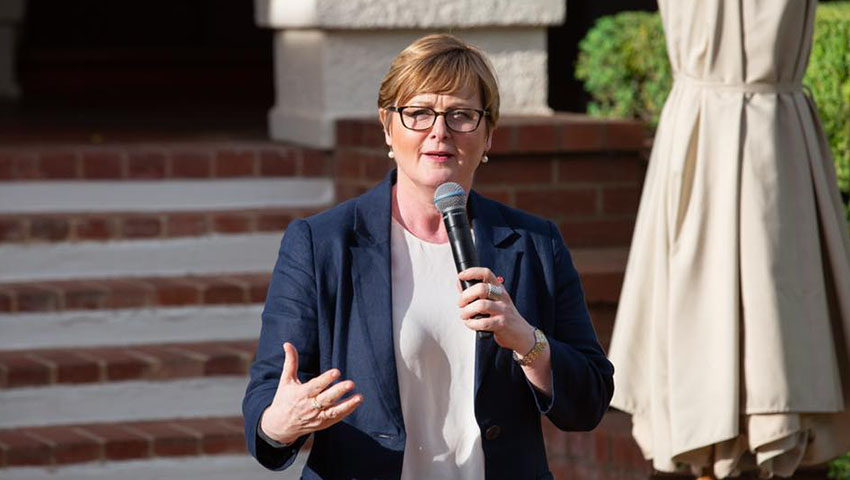Defence Minister Linda Reynolds has rejected claims that the public has been misled regarding the cost of its Future Submarines program, after the Labor opposition’s decision to request an investigation into the government’s alleged ‘failures’.
In an address to the Submarines Institute of Australia (SIA), shadow minister for defence Richard Marles announced that the opposition has requested that the Auditor-General investigate the Morrison government’s alleged “mismanagement” of the Future Submarines program — expected to deliver 12 Attack Class submarines by 2054.
The shadow minister has accused the government of deliberately misleading the public about the cost of the program, which he claimed has blown out from $50 billion in 2016 to $80 billion.
Marles has also alleged that the government has concealed an estimated $10 billion cost increase in the Future Frigates program for approximately 18 months.
“Being upfront and honest with the Australian public about how their money is being spent is not optional,” Marles said.
“Hiding massive cost increases from taxpayers is unacceptable.
“This is precisely the kind of behaviour that destroys public trust and eats away at the public’s confidence in those elected to represent them.”
However, Defence has denied the opposition’s claims, suggesting that reports of a supposed blowout have not accounted for inflation.
In her keynote address to the SIA, Minister for Defence Linda Reynolds assured stakeholders that Naval Group’s delivery of the Attack Class fleet would be on time and within budget.
“The most effective way to measure the cost performance of any decades-long project is through constant dollars,” she said
“In the 2016 Defence White Paper, it had an estimated acquisition cost of the equivalent of $50 billion in 2016 constant dollars.
“After the Competitive Evaluation Process the estimated cost was still $50 billion in 2016 constant dollars. And today, with the program now well underway, the estimated cost is still $50 billion in 2016 constant dollars.”
Minister Reynolds added: “Let me be very clear, [the] Attack Class submarine program is being driven to this budget [and] Naval Group has assured me they are on track to enter systems functional review milestone in January next year.”
But Marles was unconvinced by Minister Reynolds’ assessment, adding: “The minister’s assertion that the public know to adjust the government’s figure to factor in four decades of inflation is patently absurd.”
Despite rejecting claims of a cost blow-out, Minister Reynolds acknowledged risks associated with the design and construction of the Attack Class submarines.
“Submarines push the boundaries of engineering excellence, there is no doubt about that and it requires the smartest minds a nation can muster,” Minister Reynolds said.
“Of course, there are risks, there are great risks, to any program as sophisticated as building submarines.
“My focus is squarely on how we manage those risks. This is a key lesson learnt from both the Collins Class and Air Warfare Destroyer programs.”
[Related: Aussie industry rallies to support $900m sub supply program]








